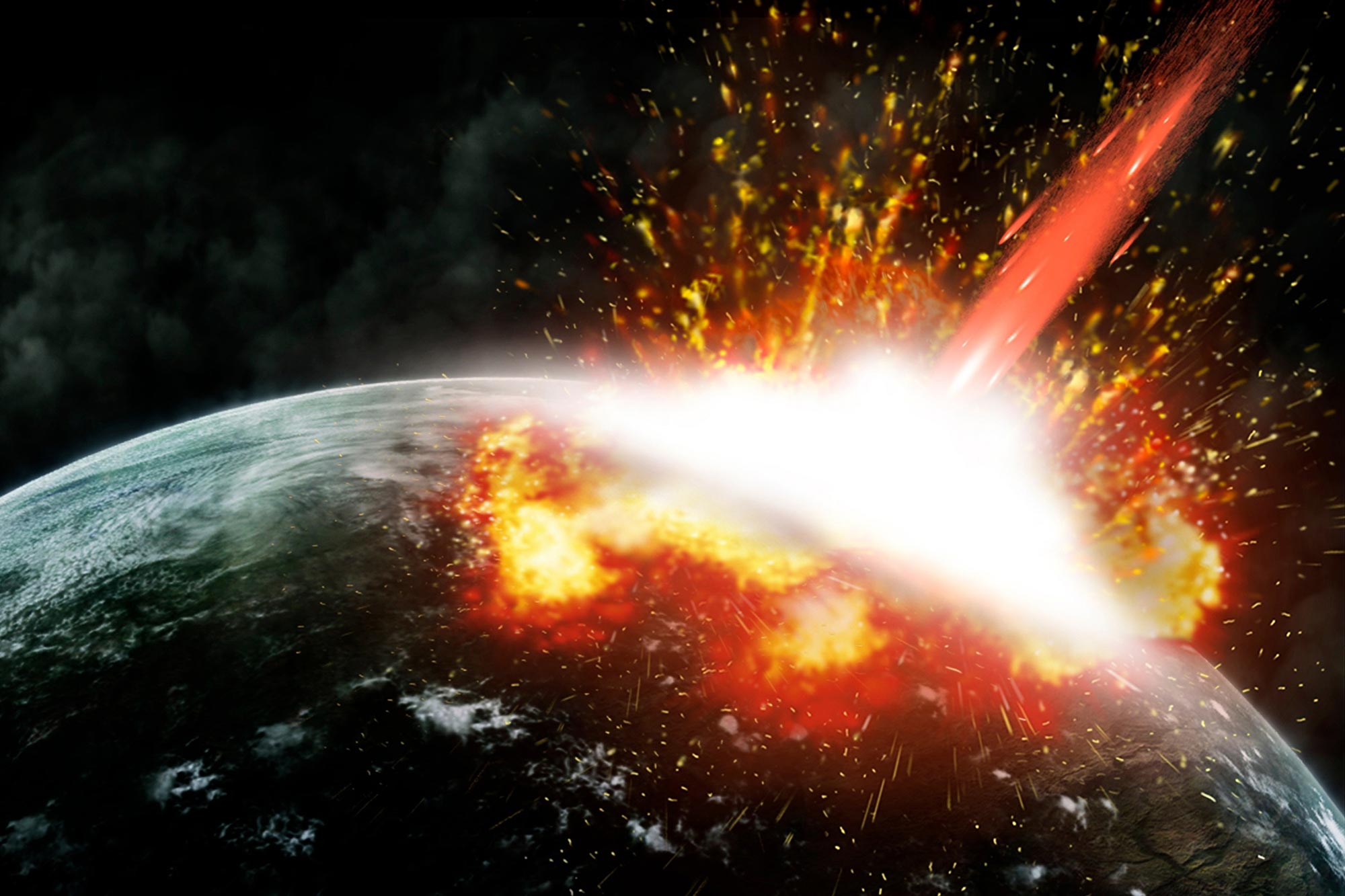About two billion years ago, an impactor – most likely an asteroid – hurtled toward our planet Earth, crashing in the southwest of what is now Johannesburg, South Africa. Travelling at a velocity of 15 kilometres per second, the impactor created the world’s oldest and largest known impact structure – known as the Vredefort crater.
Based on previous research, the impactor, which is 15 kilometres in size and traveling at a velocity of 15 kilometres per second, would produce a crater about 172 kilometres in diameter. However, current estimates, based on new geological evidence, suggest that the structure’s original diameter would have been between 250 and 280 kilometres (approximately 155 and 174 miles) during the time of the impact.
A new research from the University of Rochester suggests that the impactor may have been much bigger and would have had devastating consequences across the planet.

An impactor–most likely an asteroid–hurtled toward Earth about two billion years ago, crashing into the planet near present-day Johannesburg, South Africa. The impactor formed the Vredefort crater, what is today the biggest crater on our planet. Using updated simulation data, University of Rochester researchers discovered the impactor that formed the Vredefort crater was much larger than previously believed. Credit: NASA Earth Observatory image by Lauren Dauphin / University of Rochester illustration by Julia Joshpe
Natalie Allen, a PhD student at John Hopkins University and the first author of the paper, along with Miki Nakajima, an assistant professor of Earth and environmental sciences, and their colleagues conducted simulations to match the updated size of the crater. The team demonstrated that an impactor would have to be much larger – about 20 to 25 kilometres – and travelling at a velocity of 15 to 20 kilometres per second to explain a crater 250 kilometres in size.

This, according to the researchers, means the impactor that formed the Vredefort crater would have been larger than the asteroid that formed the Chicxulub crater, famously linked to the dinosaur extinction event.
If the Vredefort crater was even larger and the impact more energetic than that which formed the Chicxulub crater, the Vredefort impact may have caused even more catastrophic global consequences, the researchers said in a statement.
The simulations also allowed the team to study the material ejected by the impact and the distance the material travelled from the Vredefort crater.
The research not only provides a more accurate understanding of the impact that formed Earth’s largest crater, but will also allow researchers to better simulate impact events on Earth and other planets.





